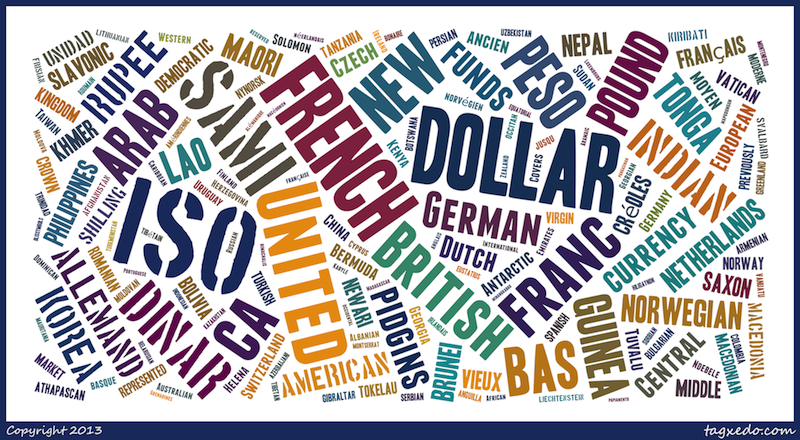Tictail, a Swedish e-commerce platform that manages over 24,000 stores spread across 110 different countries, launched their API on September 16, 2013. Because Tictail’s main focus is simplicity of use, they decided to offer developers the same tools they use internally to build this new platform. According to Carl Waldekranz, Tictail CEO, they “want developers to have that same opportunity as [the company] continues to grow internationally.”
Their developer platform includes the API but also their open application store, which is where all the action is for companies that want to make money selling apps. The whole project took them 3 months to carry out and everything is being managed without any external tools. Continue reading “Tictail API launch focuses on UX” »


